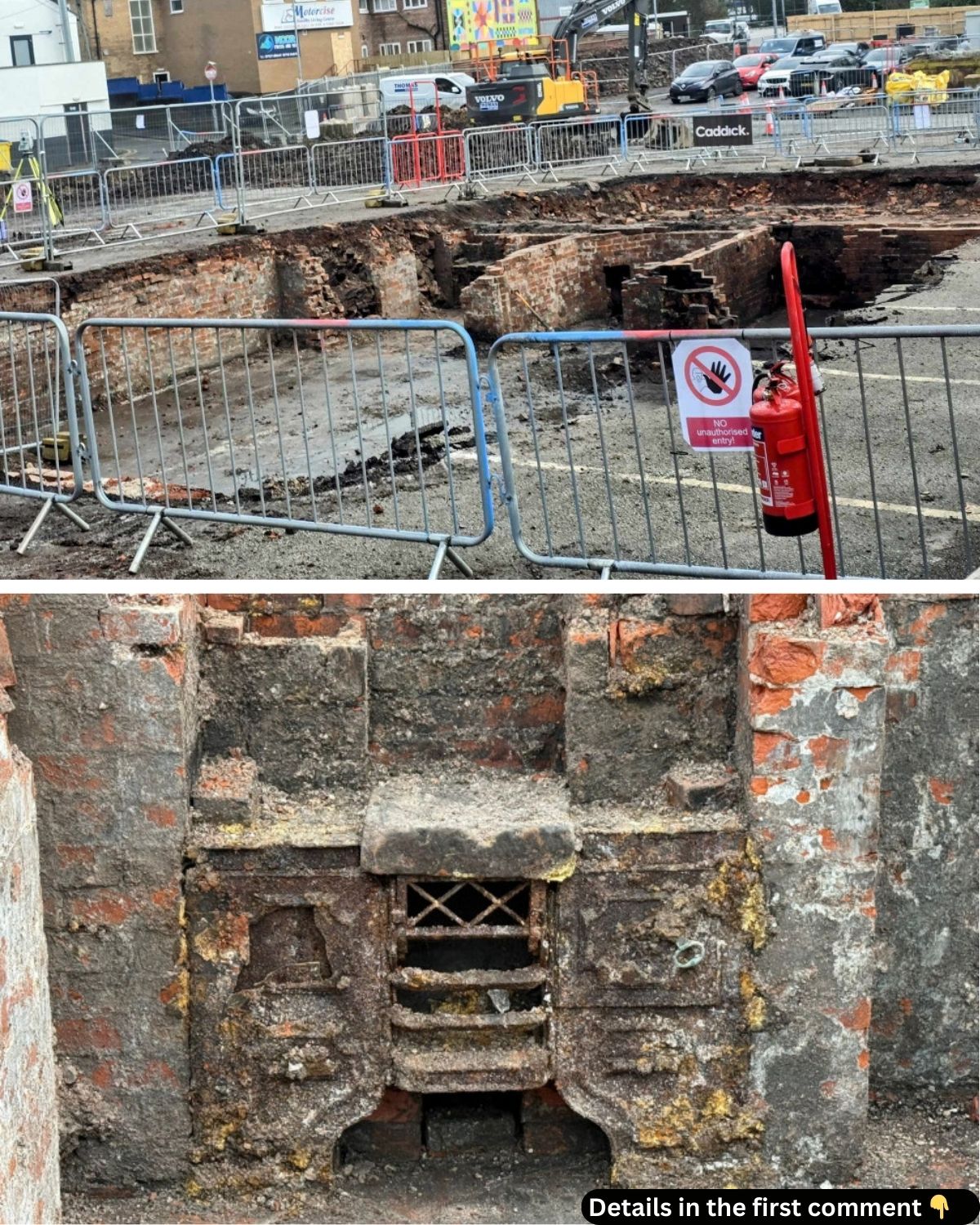In the heart of Crewe, a community-focused project is shaping the future for local youth, but as workers break ground for the new Crewe Youth Zone, they uncover a rich and unexpected history. What began as a typical construction project soon turned into an archaeological treasure hunt. The site, previously a car park on Oak Street, has revealed the remnants of a Methodist chapel and a treasure trove of artifacts linked to Crewe’s past. These discoveries not only shine a light on the town’s rich history but also offer a fascinating glimpse into the everyday lives of its former residents.
The Crewe Youth Zone Project: Building for the Future
Crewe Youth Zone is a new, much-anticipated space designed to support young people in the community. With nearly £14 million invested, the project aims to provide a safe, inclusive environment where local youth can thrive despite the social challenges they face. In a town where poverty rates are rising, this youth center promises to be a sanctuary, offering opportunities for personal growth, support from dedicated youth workers, and access to a wide range of facilities. The goal is not only to foster a sense of community but to empower young people to overcome the obstacles they face daily.
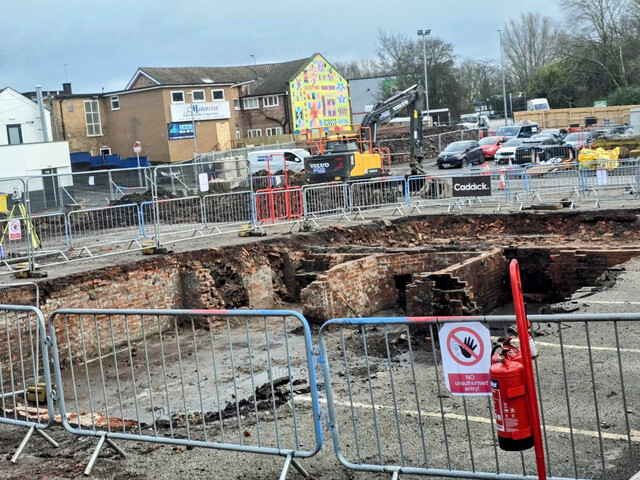
The excitement surrounding the youth center’s development is palpable, and while the focus is on creating a space for the future, the unanticipated archaeological discoveries at the site have brought the town’s past into the spotlight. These findings reveal how, even as Crewe moves forward, its rich history continues to influence and inspire its development.
Video
Watch this video from BBC Global to learn about the incredible discovery of King Richard III’s remains beneath a car park, uncovering a piece of history.
The Unexpected Discovery: Excavating the Past
Initially, the project team and archaeologists expected to find little more than debris and remnants of past construction work, given that the land was previously used as a car park. However, during excavation, it quickly became apparent that the site was far more significant. The first signs of historical structures emerged, sparking the interest of archaeologists, who were led by Ashleigh Harrington from Oxford Archaeology Lancaster.
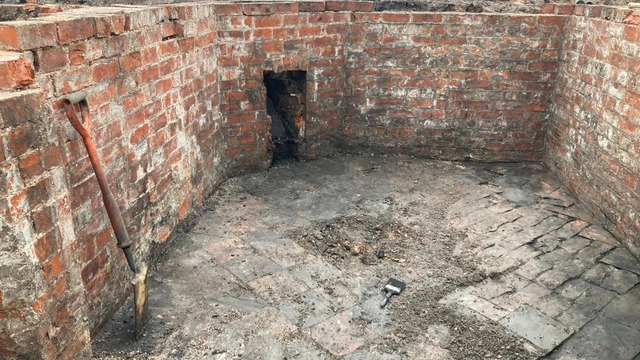
As the team dug a 10-meter by 20-meter trench in the area previously identified as a chapel on historical maps, they unearthed the remains of a large building. This discovery was unexpected. The once-thriving Methodist chapel and nearby residential structures, buried beneath decades of asphalt and fill material, revealed much more than archaeologists had hoped for. The chapel, alongside a two-meter-deep cellar from a neighboring house, brought to light fascinating clues about Crewe’s past.
A Glimpse into the Past: The Independent Methodist Chapel
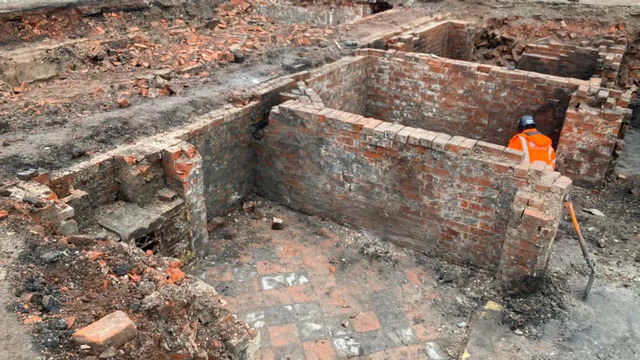
The Independent Methodist Chapel uncovered at the site was more than just a structure; it was a part of Crewe’s spiritual and social fabric. Established in 1847, the chapel initially served as a Baptist venue but was rented by the Independent Methodists in 1871. The chapel continued to serve the community for decades, even being used as an air raid shelter during World War II. Over time, the chapel became vacant and repurposed, but its historical significance remained.
The archaeological site now provides a valuable window into the past, offering insights into the structure and design of the chapel, as well as its role in the daily lives of Crewe’s residents. The team found remnants of various rooms, including a cozy sitting area with a fireplace, likely used by churchgoers for gatherings. These findings suggest that the chapel was not just a religious space but also a community hub where people came together to share moments of fellowship and camaraderie.
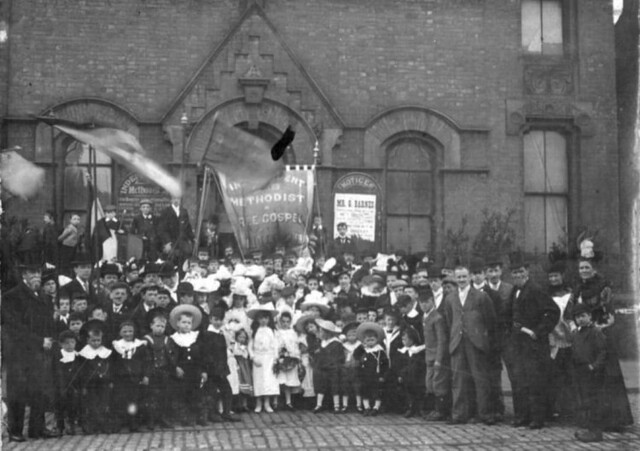
Notable Archaeological Finds: Everyday Life of Crewe’s Past
Among the most significant discoveries at the site were the artifacts linked to the chapel and the people who once lived and worked in the area. The team unearthed a Victorian stove, a sign of a kitchen area that once prepared meals for families, and a bottle storage space filled with broken glassware—many of which were embossed with the name “Crewe.”
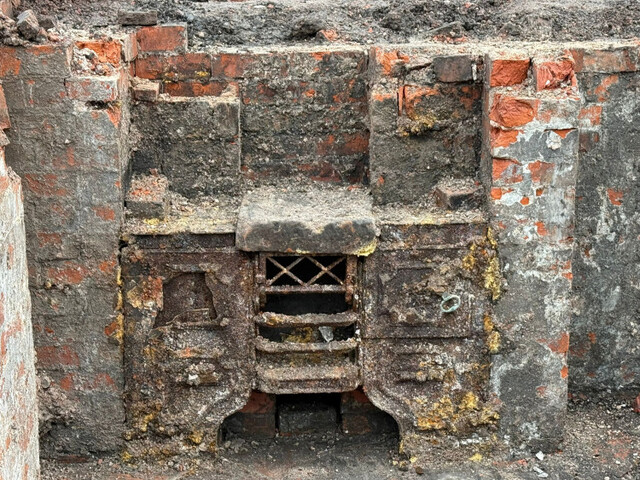
These glass bottles, some in remarkably good condition, are particularly noteworthy. They provide a tangible connection to the past, offering insights into the types of goods consumed by the residents of Crewe. Archaeologists now plan to research these bottles further to uncover their historical and cultural significance, exploring the relationship between the chapel and the local community.
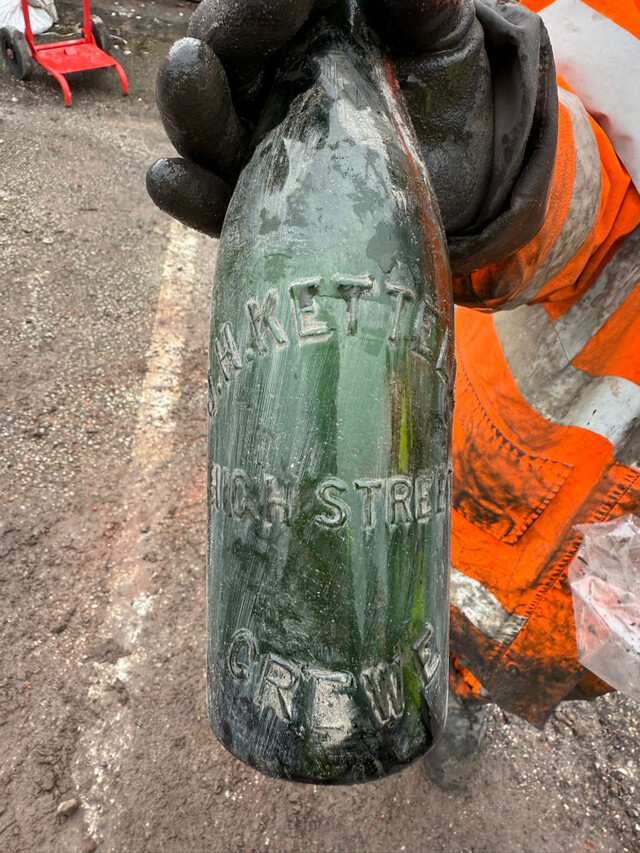
The discovery of these everyday objects paints a vivid picture of life in Crewe during the late 19th and early 20th centuries. These artifacts, though simple, tell stories of ordinary people living in extraordinary times.
The Chapel and Its Community: Tracing Connections to Crewe
The Independent Methodist Chapel served as a spiritual and social anchor for the people of Crewe. As the team continues to analyze the artifacts found on the site, it becomes increasingly clear that the chapel was more than just a religious institution. It was a place where people gathered, shared experiences, and supported each other. The presence of the fireplace, stove, and bottles suggests that this space was used for both spiritual and practical purposes.
Moreover, the bottles found on the site are of particular interest because they bear the name “Crewe.” This could indicate that the bottles were produced locally, offering an intriguing glimpse into the town’s industrial past. The research into these artifacts will likely reveal even more about the connections between the chapel, the community, and the town itself.
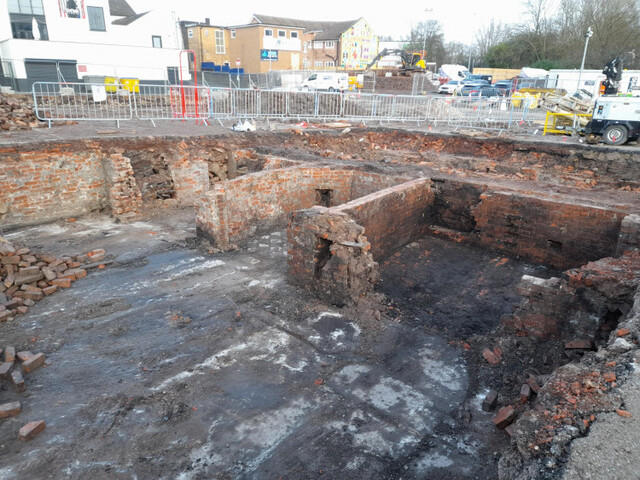
Expanding the Excavation: The Ongoing Exploration
The initial excavation has yielded invaluable insights into Crewe’s history, but the work is far from over. Archaeologists plan to continue their research in the area, expanding the excavation to uncover more about the town’s prehistoric and medieval past. With the discovery of the chapel’s remains and nearby structures, there is potential for many more significant findings that could further deepen our understanding of Crewe’s history.
The team has expressed their excitement over the discoveries made so far and hopes to continue uncovering more artifacts and structures from the area. As the excavation progresses, the knowledge gained will undoubtedly shed light on the evolution of the town and its people, providing a more complete picture of Crewe’s rich and diverse history.
A Legacy of Preservation: Integrating History with Development
As the Crewe Youth Zone project moves forward, the preservation of these historical artifacts highlights the importance of integrating the past with the future. The historical finds at the construction site serve as a reminder that, even in the face of development and progress, it is crucial to honor and protect the cultural heritage that has shaped our communities.
The artifacts discovered at the site will be returned to the local community, with plans to display them at the Crewe Town Council’s heritage department. This will allow the public to engage with the town’s history in a meaningful way, creating a connection between the past and the present.
Video
Check out this video to uncover why the car park is considered the most interesting section of this historic site, revealing hidden gems and fascinating discoveries.
Conclusion: Preserving the Past While Building the Future
The archaeological discoveries at the Crewe Youth Zone construction site have revealed a fascinating glimpse into the town’s past. These findings not only offer insights into the history of the Independent Methodist Chapel and its role in the community but also highlight the importance of preserving historical sites as we build for the future. As the youth center takes shape, it stands as a testament to the resilience and spirit of Crewe’s young people, while also serving as a reminder of the town’s rich and storied past.
As the development continues, these archaeological discoveries will serve as a bridge between generations, connecting the community to its roots while offering hope and opportunity for the future. The Crewe Youth Zone project is a perfect example of how progress and preservation can go hand in hand, ensuring that the past is never forgotten while paving the way for a brighter future for the youth of Crewe.
